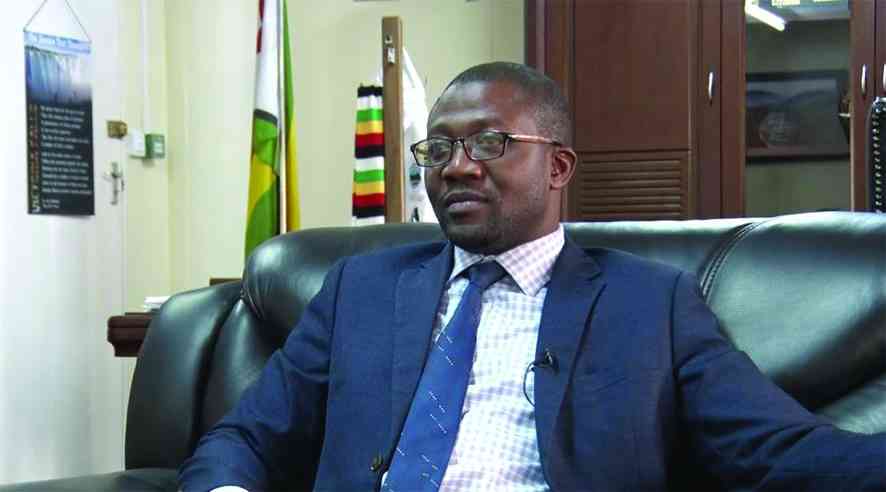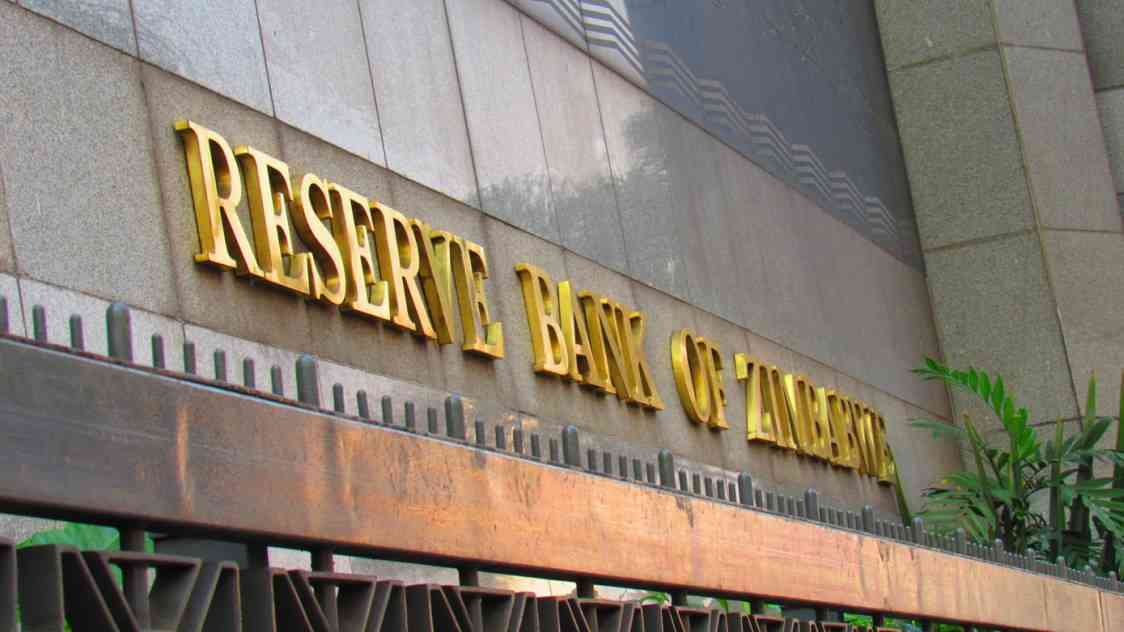
ZIMBABWE should present the Minamata Convention Initial Assessment (MIA) for eligibility to apply and access the Global Environment Facility (GEF) $2 million grant for medium to full size projects, a representative of small-scale miners has said. BY TARISAI MANDIZHA
The Minamata Convention on mercury is a global agreement to protect human health and the environment from the adverse effects of mercury.
The role of the GEF is to allocate dedicated resources to support activities to facilitate the rapid entry into force and effective implantation of the convention and support the enabling activities.
Artisanal and Small-Scale Gold Mining (Asgm) representative and Zimbabwe artisanal and Small-Scale Miners’ Council president Wellington Takavarasha said Zimbabwe was eligible to access the $2 million medium to full size projects if it submits the assessment report.
“The majority of the Asgm have used as an alternative to recover gold and hence these operations making Asgm more than insignificant. Zimbabwe needs to be in the band wagon with all the other countries that have signed to develop national action plan to reduce and where feasible, eliminate mercury use in Asgm,” Takavarasha said.
“This needs a holistic approach from government in policy formulation and regulations that formalises this sector with consultations with all key stakeholders. A committee should be set up to steer the adherence to Minamata Convention and implementation of National Action Plans to submission of MIAs and accessing the $2 million grant.”
Official statistics showed that on average Asgm produces 3 tonnes per annum. At its peak in 2004, they produced 17 tonnes but plummeted under 1000 kg in 2005.
According to the report, it was estimated that 1,5 million people were engaged in artisanal mining activities of which 500 000 were directly employed by this sector. However, only 25 000 were registered in accordance with the Mines and Minerals Regulation Act.
- Chamisa under fire over US$120K donation
- Mavhunga puts DeMbare into Chibuku quarterfinals
- Pension funds bet on Cabora Bassa oilfields
- Councils defy govt fire tender directive
Keep Reading
About 5 000 were active small scale miners who have complied with environmental legislative issues.
Institute of Mining Research (IMR) laboratory results showed that large amounts of mercury were used in gold processing in the range between 1,2 and 17,5 tonnes for milling of between 100 000 to 700 000 of ore per annum.
The figures assumed that 50% of mercury was lost during the processing of gold at stamp mills, mineral processing attributes, practices and efficiencies. It was estimated that 50 tonnes of mercury were imported annually on the official inlet.
IMR laboratory results also showed that Zimbabwe could be importing about 300 tonnes of mercury illegally for the artisanal miners. The Environmental Management Agency has to date licensed one company to import and sell mercury.











